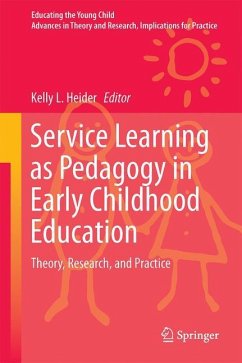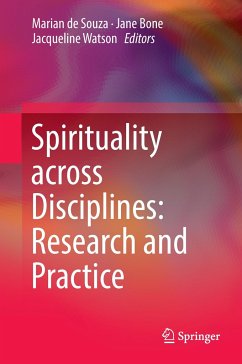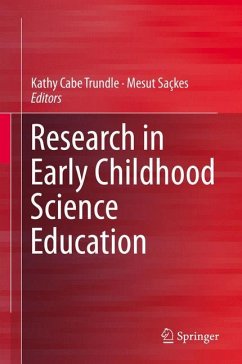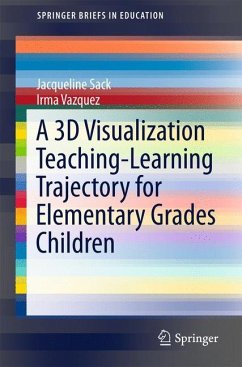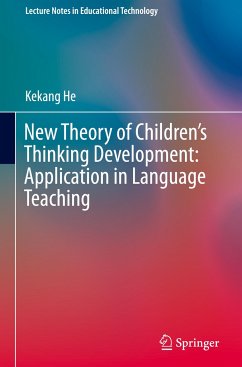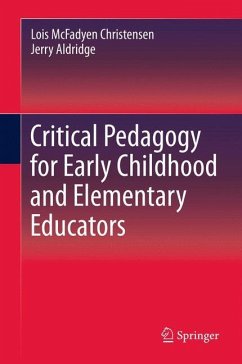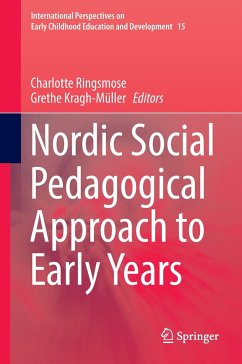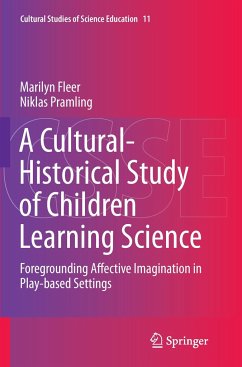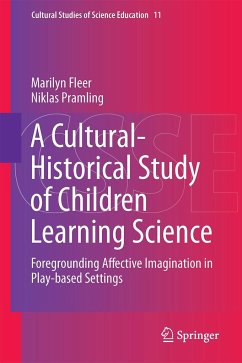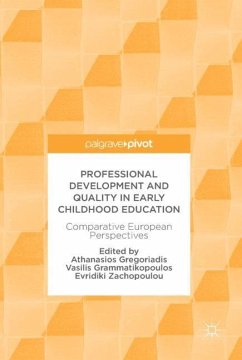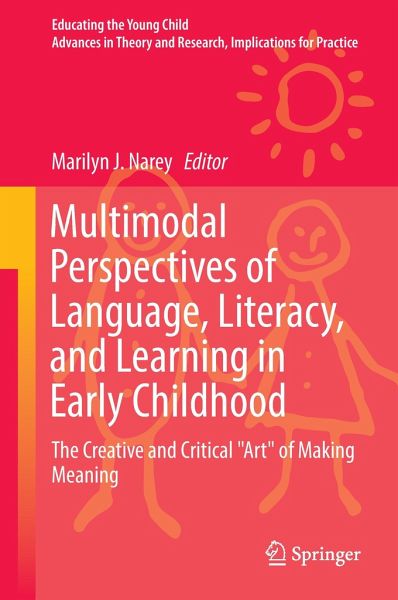
Multimodal Perspectives of Language, Literacy, and Learning in Early Childhood
The Creative and Critical "Art" of Making Meaning
Herausgegeben: Narey, Marilyn J.

PAYBACK Punkte
53 °P sammeln!
Our image-rich, media-dominated culture prompts critical thinking about how we educate young children. In response, this volume provides a rich and provocative synthesis of theory, research, and practice that pushes beyond monomodal constructs of teaching and learning. It is a book about bringing "sense" to 21st century early childhood education, with "sense" as related to modalities (sight, hearing), and "sense" in terms of making meaning. It reveals how multimodal perspectives emphasize the creative, transformative process of learning by broadening the modes for understanding and by encourag...
Our image-rich, media-dominated culture prompts critical thinking about how we educate young children. In response, this volume provides a rich and provocative synthesis of theory, research, and practice that pushes beyond monomodal constructs of teaching and learning. It is a book about bringing "sense" to 21st century early childhood education, with "sense" as related to modalities (sight, hearing), and "sense" in terms of making meaning. It reveals how multimodal perspectives emphasize the creative, transformative process of learning by broadening the modes for understanding and by encouraging critical analysis, problem solving, and decision-making.
The volume's explicit focus on children's visual texts ("art") facilitates understanding of multimodal approaches to language, literacy, and learning. Authentic examples feature diverse contexts, including classrooms, homes, museums, and intergenerational spaces, and illustrate children's "sense-making" of lifeexperiences such as birth, identity, environmental phenomena, immigration, social justice, and homelessness.
This timely book provokes readers to examine understandings of language, literacy, and learning through a multimodal lens; provides a starting point for constructing broader, multimodal views of what it might mean to "make meaning;" and underscores the production and interpretation of visual texts as meaning making processes that are especially critical to early childhood education in the 21st century.
The volume's explicit focus on children's visual texts ("art") facilitates understanding of multimodal approaches to language, literacy, and learning. Authentic examples feature diverse contexts, including classrooms, homes, museums, and intergenerational spaces, and illustrate children's "sense-making" of lifeexperiences such as birth, identity, environmental phenomena, immigration, social justice, and homelessness.
This timely book provokes readers to examine understandings of language, literacy, and learning through a multimodal lens; provides a starting point for constructing broader, multimodal views of what it might mean to "make meaning;" and underscores the production and interpretation of visual texts as meaning making processes that are especially critical to early childhood education in the 21st century.



